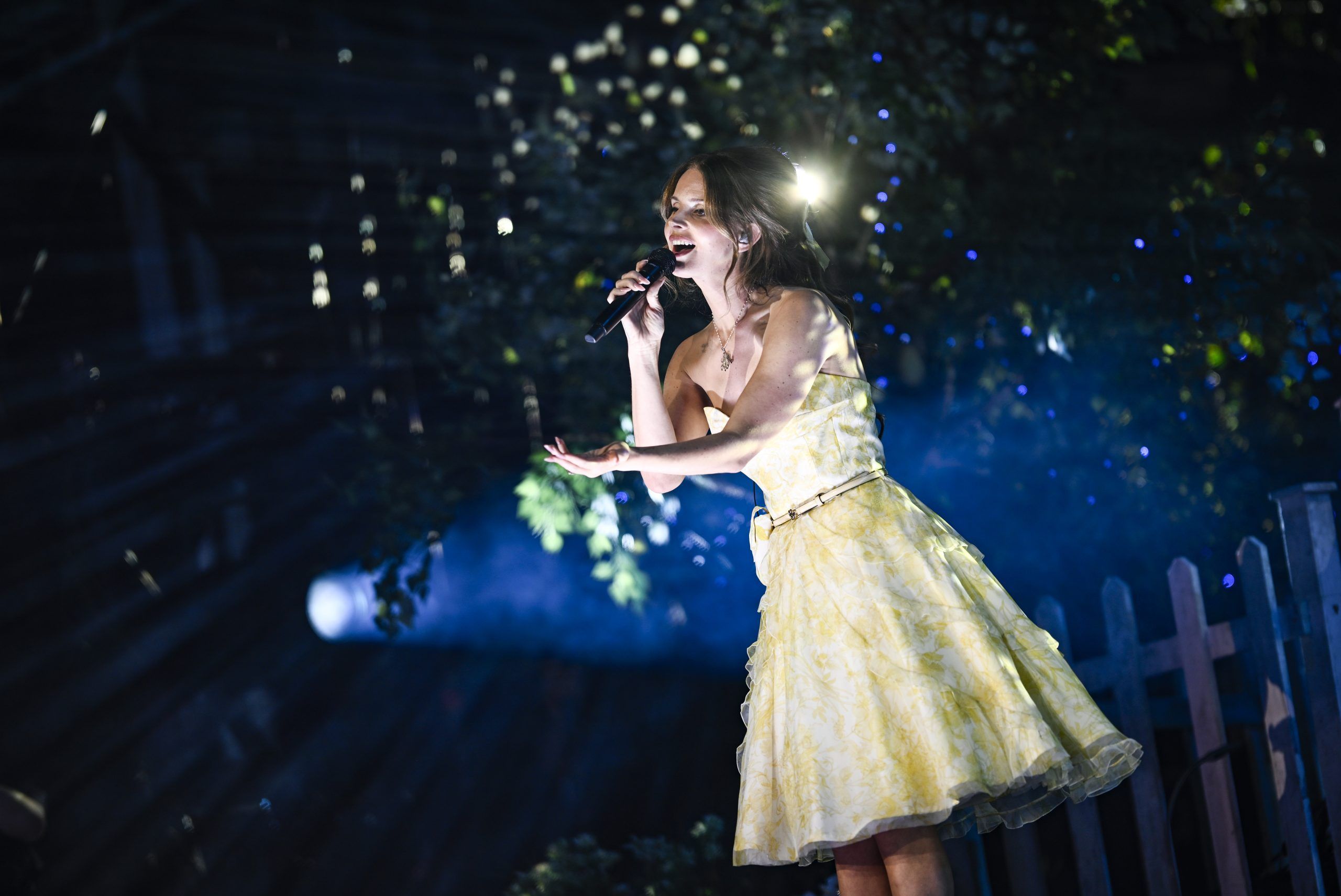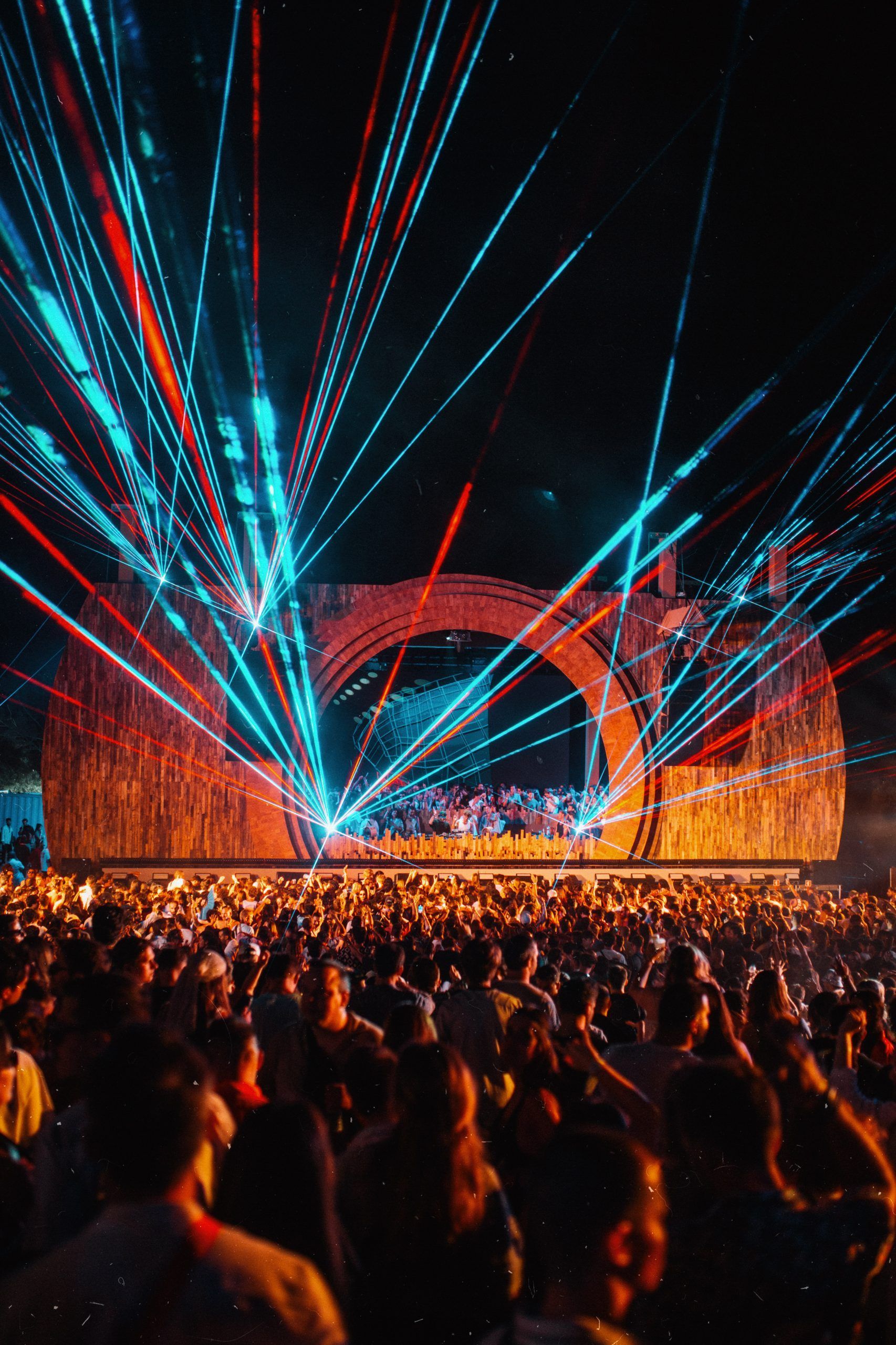Gallery walls are all the rage currently. Many homeowners across the globe are collecting wall art from different sources and mixing them on selected walls, usually in their living room. But in doing so, some commit recurrent art displaying mistakes.
This shouldn’t be the case with you. Before embarking on your gallery wall project, it’s critical to dig deeper into what works and what doesn’t. This way, you’ll to able to pull off a stunning art every onlooker can admire. You can consider the following tips to successfully mix art on your gallery wall.
Follow conventional layouts
Having been around for centuries, there are now standard layout templates you can use to set up your gallery wall. You don’t have to reinvent the wheel. Professional designers have already put a lot of thought into it, and all you have to do now is pick your preferred layout and use it for your art gallery.
The good thing about templates is they allow you to see exactly how many art pieces you’ll need. They also give you the typical frame dimensions you should pick when purchasing wall art. This significantly simplifies the thought process involved in selecting art and mixing them up on a gallery wall. (1)
While there are different names out there given to such templates, you’d likely hear terms such as the following:
- The waterfall
- The triptych
- The stacks
- The spiral
- The pyramid
- The organic
- The mirror
- The lean
- The grid
- Eclectic
- The crown
- The climb
- The box
- The baseline (1)
You can choose any style you prefer from the list above and effortlessly set up your gallery wall.
Use different frame styles
One of the art displaying mistakes a lot of people make is being too matchy-matchy. In other words, it would look plain when all your art pieces are nearly identical to one another. For instance, if all the frames in your gallery have one color or similar dimensions, the final look leaves a lot to be desired.
To truly elevate your display, explore a wide variety of art frames that enhance the uniqueness of each piece. Choosing different art frames allows you to add contrast, texture, and visual interest to your gallery wall.
You’d want to have different frame styles and sizes for your framed prints. For the dimensions, you can follow the ones suggested in the specific gallery layout you chose (as discussed in the previous section). As for frame styles, your options include the following:
- Traditional frames
- Thin frames
- Full bleed
- Matted
- Rustic
- Vintage
- Classic
- Modern metallic
- Minimalist
You can also mix colors such as gold, black, white, walnut, cherry, silver, gray, and any color of your choice provided they blend.
Evoke a mood
Make sure your gallery wall tells a story. As much as you’re combining several pictures, try to confine yourself to a particular mood or theme. This way, the viewer can see how each piece relates to the other and form a complete picture in their mind. That’s how art becomes memorable. On the contrary, mixing too many ideas on the same wall may only create chaos, confusing the viewer.
There are dozens of themes you could try out on your gallery wall. Here are some of the most popular ones:
- Travel
- Family
- Realism
- Pop art
- Impressionism
- Expressionism
- Abstract art
- Photorealism
- Landscapes
- Wildlife
- Nudes
- Seascapes
- Geometric figures
- Local views (3)
You can have two related themes on the same gallery wall to spice things up. But anything above two may bring chaos.
Mix up different art media
Art medium is the substance the artist uses to create a specific art piece. This includes the type of ink or paint used and the sheet onto which the image is imprinted. You wouldn’t want to use only one kind of medium for a gallery wall. The perfect approach is to mix up different media to boost visual appeal. (4)
To this end, you can try all or some of the following:
- Oil on canvas
- Ink on bamboo
- Tempera on board
- Gouache on paper
- Metal prints
- Sculptures
- Framed prints
- Tapestries
- Posters
- Antiques
Build out from a focal point
If you decide to create a gallery wall with a nonstandard layout, make it a point to have one statement piece act as the focal point. This should be the biggest artwork in the collection and the one that probably means a lot to you than all the rest of the pieces.
Have this commanding piece of art at the center of the space you’re decorating. Then sprinkle the other smaller pieces around it. The good thing with this style is you can infinitely add to the collection as long as your walls can still accommodate more pieces.
Conclusion
Mixing art on gallery walls shouldn’t be too complicated. The simplest way out is to pick a universally accepted layout and follow it to the letter. Other concepts you may want to try out are mixing different frame styles and sizes, sticking to one or two themes, mixing different art media, and creating a focal point with a statement piece and building outward from it. Whichever tips you choose to apply, remember to employ your creativity to the fullest.
References
- “14 GALLERY WALL LAYOUTS TO GET YOU STARTED”, Source: https://littlegoldpixel.com/gallery-wall-layouts/
- “9 Art Displaying Mistakes Everyone Makes at Least Once (And How to Never Make Them Again)”, Source: https://www.apartmenttherapy.com/9-art-displaying-mistakes-everyone-makes-at-least-once-and-how-to-never-make-them-again-212202
- “7 Major Painting Styles—From Realism to Abstract”, Source: https://www.thoughtco.com/art-styles-explained-realism-to-abstract-2578625
- “What Is the Definition of ‘Medium’ in Art?”, Source: https://www.thoughtco.com/medium-definition-in-art-182447





